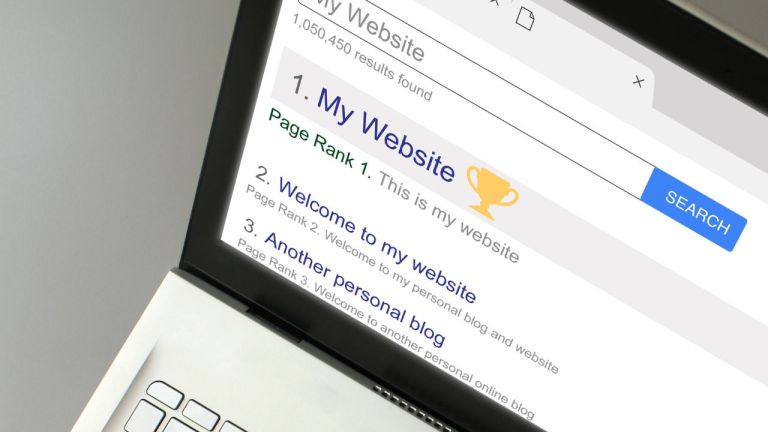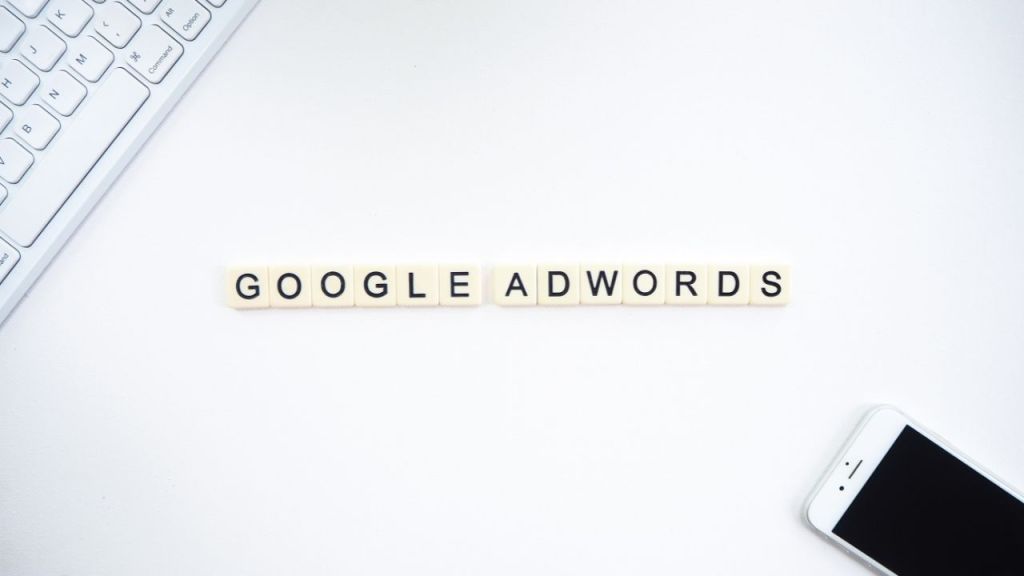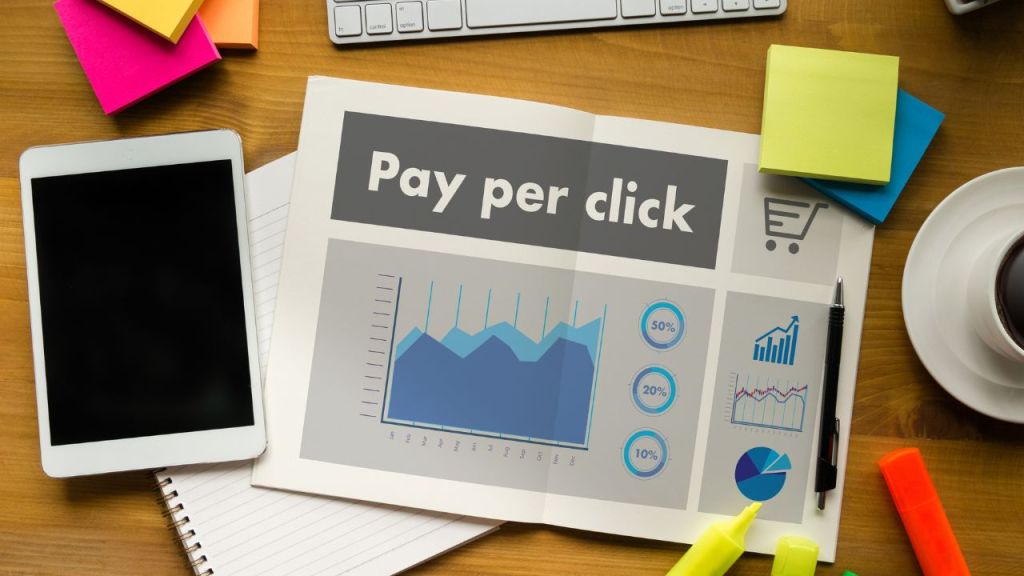Every click in a pay-per-click (PPC) campaign costs money. When a rival’s ad outranks yours by just one spot, that cost often rises. The quickest way to regain control is paid search intelligence—a process that shows who is in the auction, how they bid, and where you can win back profitable ground. This article explains the concept in plain language, guides you through the core parts of search intelligence, and shows how to apply it with confidence. By the end, you will see how data-driven insight can protect budget, improve copy, and raise return on ad spend without guesswork.
1. Paid Search 101: The Essentials
Paid search means buying ad space on search engines. When a user types a keyword that matches your target list, your ad can appear at the top or bottom of the results page. You pay only when someone clicks. Many marketers call it PPC advertising. Because every click reflects active intent—think “emergency roof repair”—paid search can deliver leads faster than most channels.
Key idea: Control comes from data. Knowing what paid search is only the start; you must also understand the live auction and your competitors’ moves. That knowledge is the heart of paid search intelligence.
2. Defining Paid Search Intelligence
Paid search intelligence is the systematic collection, analysis, and use of data about PPC auctions, competitor activity, and market shifts. Some professionals label it search ads intelligence, PPC intelligence, or PPC competitive intelligence. No matter the term, the goal remains clear: turn scattered numbers into timely actions that lift performance.
A solid intelligence workflow answers six questions:
- Which brands bid on your core keywords today?
- How much do they spend, and where do they focus?
- Which ads bring them the strongest click-through rates?
- Are your ads visible on all devices and regions?
- Were any of your paid search positions removed or paused?
- Which new queries can you adopt before the market notices?
The answers let you adjust bids quickly, protect brand terms, and expand reach with lower risk.
3. Why Paid Search Intelligence Matters
Direct benefits include
- Lower cost per click (CPC). When you see true bid ranges, you can stop overpaying and set more precise caps.
- Higher click-through rate (CTR). Studying winning headlines reveals language that resonates; you then test similar angles on your own ads.
- Faster keyword growth. Data exposes untapped long-tail phrases with less competition, saving budget and expanding reach.
- Early problem alerts. Instant notices for paid search removals or policy disapprovals let you fix issues before leads dry up.
- Clear stakeholder reporting. Linking intelligence to revenue charts proves the value of every adjustment.
In short, paid search intelligence protects spending and reveals fresh profit paths.
4. Core Elements of Search Intelligence
Competitive Landscape Scanning
Monitor who enters or leaves the auction on a daily basis. A new player bidding aggressively can shift market costs overnight. Intelligence tools flag that activity so you can respond instead of react later.
Keyword and Query Mining
Beyond obvious search terms, successful programs scan query logs and industry chatter for rising phrases. Stepping in early keeps costs low and positions your brand as the first answer consumers see.
Ad Copy and Landing Page Insight
By storing snapshots of rival ads and landing pages, you gain a library of message tests without spending a dollar on them yourself. Patterns in language, offer types, and calls to action often highlight what audiences find persuasive.
Bid and Position Tracking
Auction results can change hour by hour. Regular logs show exact rank, cost, and impression share across devices. The moment your paid search positions are removed or slip, alerts push updates to your inbox so you can restore visibility quickly.
TMS in Paid Search
A tag-management system (TMS) keeps conversion tracking reliable. Broken tags can mislead attribution models, which then distort the intelligence process. Sound TMS practice is the backbone of clean data.
5. Paid Search Intelligence, Analytics, and Analysis—The Differences
Many marketers mix these terms. A brief clarification helps:
- Paid search analytics measures the internal performance of your campaigns—impressions, clicks, conversions, and cost.
- Paid search analysis interprets those numbers to spot roadblocks or opportunities inside your own account.
- Paid search intelligence adds the missing layer: insight from outside your account. It looks at competitors, markets, and auction dynamics to show why shifts happen and how to respond.
Think of analytics as the scoreboard, analysis as the coaching review, and intelligence as the live feed from the other team’s sideline.
6. How Search-Intelligence Tools Gather Data
Modern solutions rely on four main sources:
- Auction Insight Feeds from Google Ads and Microsoft Advertising provide real-time competitor impression share, average position, and overlap rates.
- SERP Crawls capture ad placements for target keywords every few minutes.
- Click-Stream Panels come from opt-in browser extensions and track anonymized user journeys, offering trend clues that ad platforms may not reveal.
- Public and Partner APIs supply pricing indexes, industry benchmarks, and seasonal demand curves.
All collection methods follow platform rules and privacy guidelines. Raw numbers then pass through processing engines that clean, group, and visualize the data for paid search experts.
7. Selecting a Search Intelligence Company
When reviewing providers, focus on these criteria:
- Data Freshness. Search auctions move fast; daily updates are the minimum, hourly is better.
- Coverage. Confirm regions, languages, and ad networks match your growth plans.
- Granularity. Device, time-of-day, and audience segment filters help locate precise savings.
- Alerting. Instant messaging for bid spikes or paid search positions removed keeps downtime short.
- Support. Seasoned analysts accelerate onboarding and train teams on best practices.
- Integration. Smooth export to your CRM or BI stack prevents reporting gaps.
Run a two-week pilot. Set a single numeric goal—such as a 10 percent drop in cost per lead—and measure provider impact against it.
8. Four Practical Plays You Can Run Today
Gap Expansion. Compare your keyword set to a top competitor. Add missing terms with small test budgets and watch conversion rates.
Position Rescue. Activate real-time alerts so any fall in rank or paid search removed status triggers immediate checks for budget caps, bidding rules, or policy flags.
Message Refresh. Log winning headline structures from rivals. Build new ads with that framework and your unique value. Run split tests until one variant beats the control by at least ten percent CTR.
Budget Reallocation. Intelligence often uncovers high-CPC head terms draining spend. Shift part of that budget into newly discovered long-tail phrases that convert at a lower cost.
Each play is repeatable. Routine execution compounds gains over time.
9. Common Pitfalls and How Professionals Avoid Them
- Short-Term Panic. Avoid changing bids after one bad day. PPC markets swing. Confirm patterns across a week before acting.
- Too Much Data, Too Little Action. Intelligence should feed clear decisions. Set a simple rule: every report must link to one next step.
- Ignoring Seasonality. Year-over-year views reveal true growth; month-over-month can mislead when holidays shift.
- Broken Tracking. Without a strong TMS in paid search, conversions misfire, and data quality collapses. Test tags after every major site update.
- Copycat Syndrome. Learning from rivals is smart, but copying word for word risks policy violations and legal issues. Use insights as guides, not scripts.
10. Future Trends in Paid Search Intelligence
Automation is advancing quickly.
- Predictive bidding models forecast auction pressure and adjust your caps minutes before prices rise.
- Natural-language engines analyze user search intent and suggest fresh ad copy options.
- Voice search growth pushes longer, more conversational queries into keyword lists.
- Real-time collaboration tools feed intelligence summaries directly into chat platforms, compressing decision cycles.
Despite these advances, human oversight remains critical. Strategy, brand tone, and ethical judgment still demand a marketing professional who understands context and long-term goals.
Conclusion
Paid search intelligence turns reactive marketing into proactive leadership. By scanning the landscape, logging every shift, and acting on clear signals, you protect budgets, improve ads, and discover profitable keywords before the crowd does. Begin with one step: set up alerts for paid search positions removed across your ten highest-value terms. Once that safety net is in place, expand into deeper competitive analysis and message testing. Consistent attention to data brings steady gains, lower risk, and stronger revenue from every paid click.
Frequently Asked Questions
1. How can I start search ads intelligence with no extra budget?
Begin with free auction insight reports inside Google Ads. Export the data weekly and review changes in impression share and average position for your top keywords.
2. How often should I review paid search intelligence dashboards?
Check high-spend campaigns daily. For smaller budgets, a weekly review works, but keep instant alerts on for critical positions.
3. Do I need a tag-management system to benefit from PPC intelligence?
Yes. Accurate tags ensure that cost and conversion data align, which is the foundation of reliable intelligence.
4. What should I do if my paid search positions are suddenly removed?
Confirm there is no policy violation. Then verify budget limits and bidding rules. Restore any disapproved ads with compliant edits as soon as possible.
5. Can small businesses with tight budgets still use PPC competitive intelligence?
Absolutely. Even modest accounts gain by avoiding wasted spending and uncovering affordable long-tail keywords that drive quality leads.





